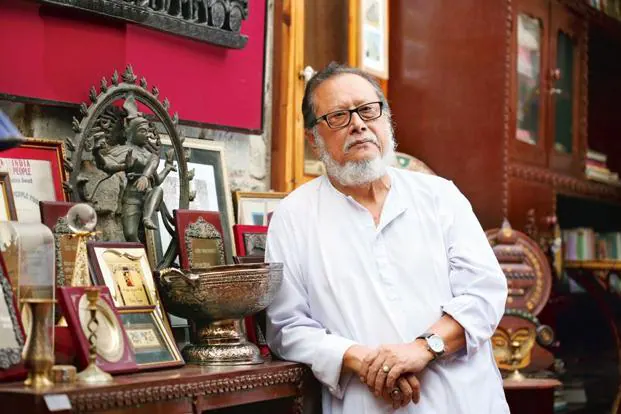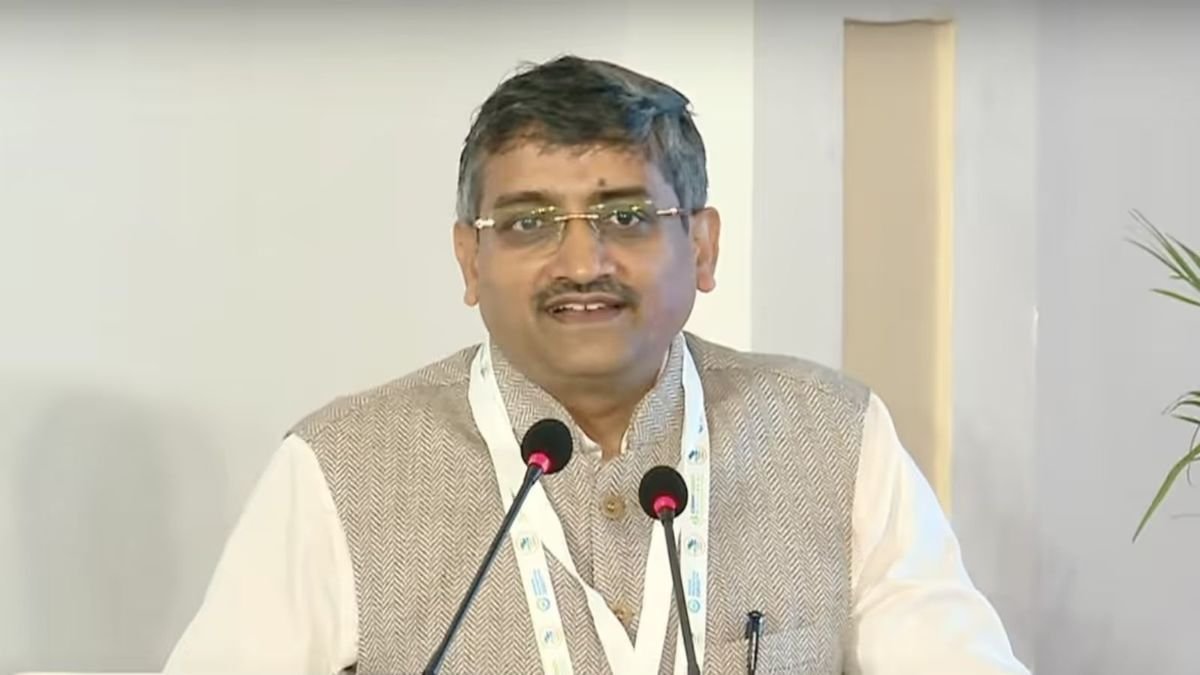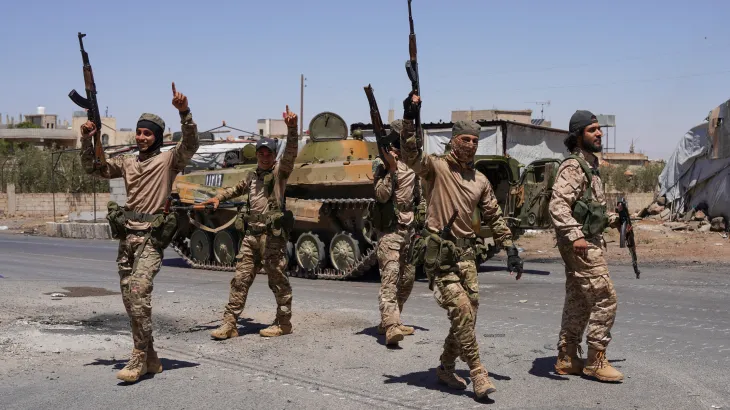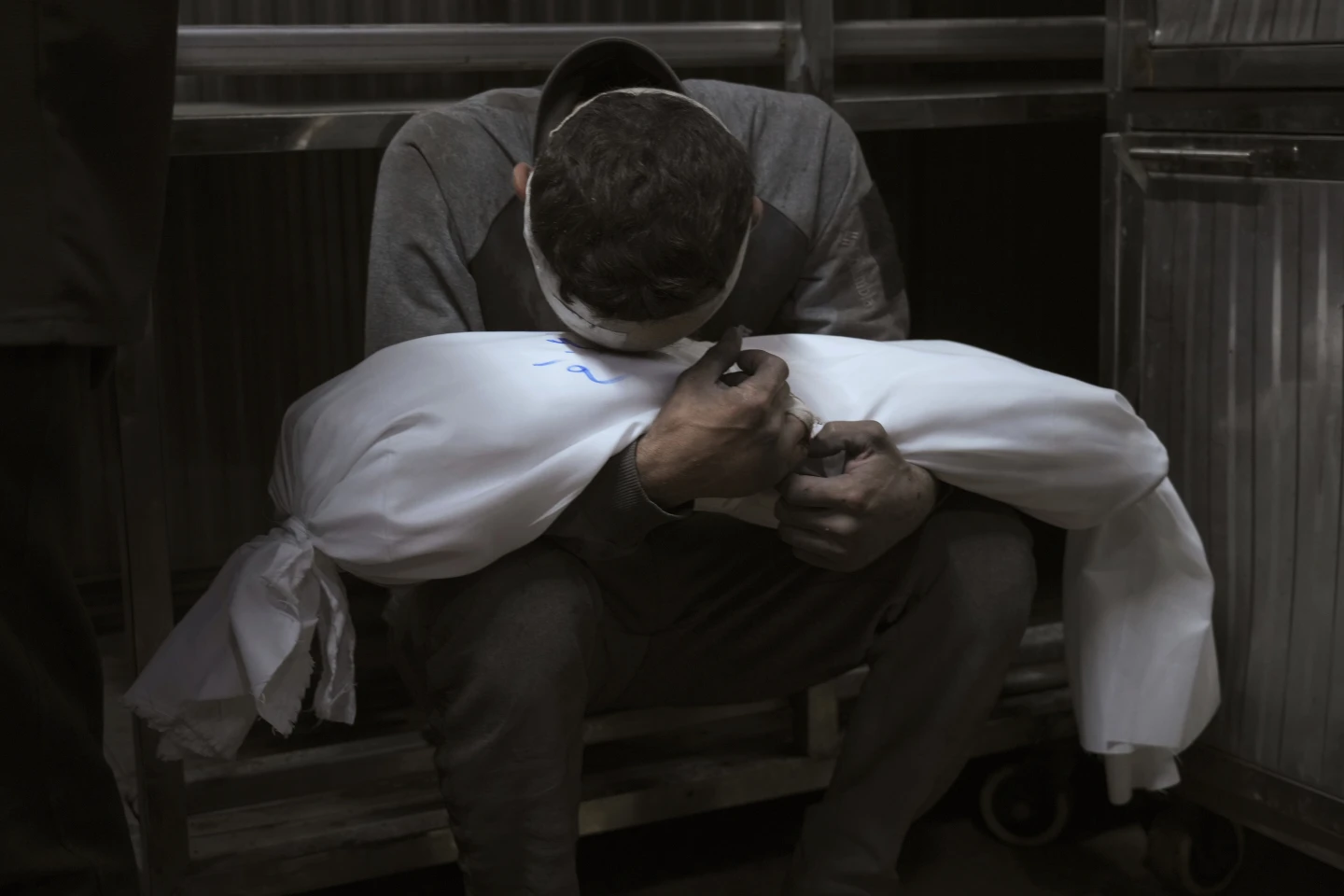Bridge Collapse in Pune: A Tragic Reminder of Neglected Infrastructure
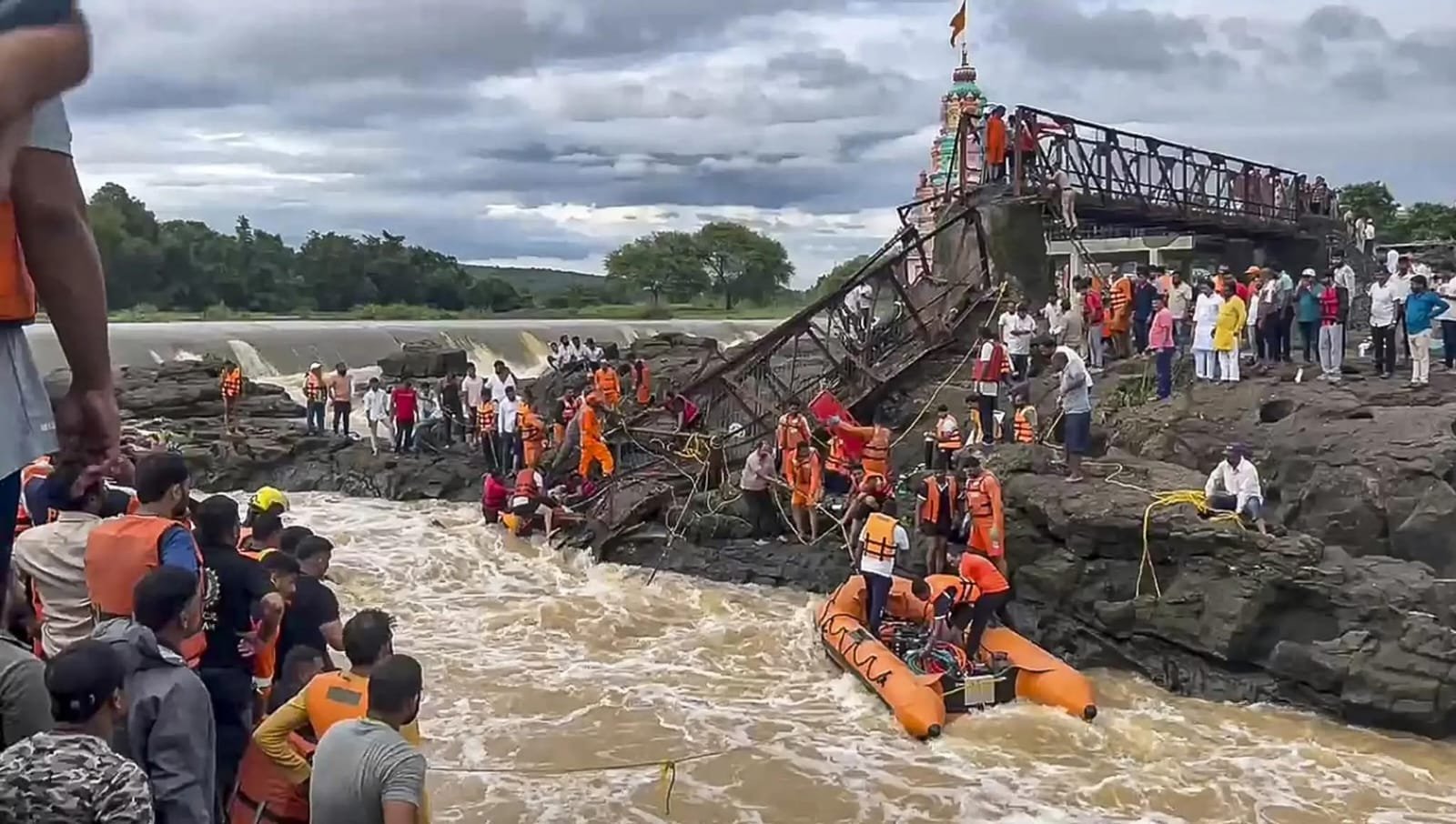
On June 15, 2025, a devastating tragedy struck Pune district in Maharashtra when an old iron bridge spanning the Indrayani River in Kundamala village collapsed, plunging dozens of people into the swollen waters below. What was meant to be a peaceful Sunday outing turned into chaos and grief, as the bridge gave way under the weight of a large crowd, including children, tourists, and two-wheelers. The disaster has not only resulted in multiple fatalities and injuries but has also reignited serious concerns about the condition of public infrastructure in India, especially in rural and semi-urban areas.
The incident occurred in the evening near a popular picnic spot in Maval tehsil, Pune. Eyewitnesses reported that the decades-old iron bridge had been vibrating for a while before it suddenly collapsed. At the time of the accident, it is estimated that around 50 to 100 people were either walking across or standing on the bridge. Some were riding two-wheelers, adding further weight to the already weakened structure.
The sudden collapse caused a large number of people to fall into the fast-flowing Indrayani River. Due to recent monsoon rains, the river was swollen and currents were strong, sweeping away many victims before rescue operations could begin.
As of the latest reports, at least two people have been confirmed dead, while over 32 have been injured, including several critically. Around 20 to 25 people are still missing, feared to have been swept away by the river’s powerful currents.
Rescue operations were launched immediately, with teams from the National Disaster Response Force (NDRF), Central Reserve Police Force (CRPF), local fire departments, and state police coordinating efforts. Rescue boats and divers were deployed as dozens of volunteers from local villages joined the search. Helicopters were also seen hovering over the river to locate those still missing. So far, about 38 people have been rescued, and the search continues for others.
The iron bridge that collapsed was reportedly built more than 30 years ago and was initially meant for limited agricultural use. Over time, however, the bridge began to be used by local residents and tourists, particularly as the Kundamala area became a popular picnic destination. Despite the increased traffic, there were no signs or barricades limiting footfall or vehicle access.
Local MLA Sunil Shelke acknowledged that the bridge had shown signs of wear and tear in recent years and had undergone some minor repairs. However, he emphasized that the bridge was never designed to handle large crowds or motorized traffic. Deputy Chief Minister Ajit Pawar confirmed that rust and poor maintenance were key factors that led to the collapse.
The situation was worsened by the heavy monsoon rains that had raised water levels in the Indrayani River. According to disaster officials, the additional pressure on the bridge’s foundation from both above and below likely triggered the failure.
Maharashtra Chief Minister Devendra Fadnavis expressed deep sorrow over the incident and announced an ex gratia of ₹5 lakh to the families of the deceased, along with full medical support for the injured. He confirmed that search and rescue operations were continuing on a “war footing.”
Both Fadnavis and Deputy CM Eknath Shinde have called for a comprehensive audit of all old and frequently used bridges across the state. Authorities are now under pressure to take preventive action, not only by repairing or replacing old bridges but also by installing warning signs, load limits, and restricting access during high-risk weather conditions.
This tragedy is not isolated. Bridge collapses have been a recurring issue across India, with over 2,000 such incidents reported in the last four decades, according to infrastructure safety studies. These failures often stem from a mix of poor construction standards, lack of regular maintenance, environmental stressors like floods, and bureaucratic inaction.
In this case, residents had previously raised concerns about the bridge’s safety, but little was done. The lack of accountability has once again come under public scrutiny, and many are demanding that those responsible—whether municipal engineers or elected officials—be held accountable.
The Pune bridge collapse is a grim reminder of how neglected infrastructure can lead to devastating loss of life. As families mourn their loved ones and the injured fight for recovery, the focus must now shift to action. India, a country rapidly modernizing in many sectors, cannot afford to ignore the basics—safe roads, sturdy bridges, and reliable public works.
The tragedy at Kundamala should serve as a wake-up call for authorities across all states. Safety audits, investment in maintenance, and strict enforcement of usage regulations are no longer optional—they are essential. Only then can such preventable disasters truly become a thing of the past.
The incident occurred in the evening near a popular picnic spot in Maval tehsil, Pune. Eyewitnesses reported that the decades-old iron bridge had been vibrating for a while before it suddenly collapsed. At the time of the accident, it is estimated that around 50 to 100 people were either walking across or standing on the bridge. Some were riding two-wheelers, adding further weight to the already weakened structure.
The sudden collapse caused a large number of people to fall into the fast-flowing Indrayani River. Due to recent monsoon rains, the river was swollen and currents were strong, sweeping away many victims before rescue operations could begin.
As of the latest reports, at least two people have been confirmed dead, while over 32 have been injured, including several critically. Around 20 to 25 people are still missing, feared to have been swept away by the river’s powerful currents.
Rescue operations were launched immediately, with teams from the National Disaster Response Force (NDRF), Central Reserve Police Force (CRPF), local fire departments, and state police coordinating efforts. Rescue boats and divers were deployed as dozens of volunteers from local villages joined the search. Helicopters were also seen hovering over the river to locate those still missing. So far, about 38 people have been rescued, and the search continues for others.
The iron bridge that collapsed was reportedly built more than 30 years ago and was initially meant for limited agricultural use. Over time, however, the bridge began to be used by local residents and tourists, particularly as the Kundamala area became a popular picnic destination. Despite the increased traffic, there were no signs or barricades limiting footfall or vehicle access.
Local MLA Sunil Shelke acknowledged that the bridge had shown signs of wear and tear in recent years and had undergone some minor repairs. However, he emphasized that the bridge was never designed to handle large crowds or motorized traffic. Deputy Chief Minister Ajit Pawar confirmed that rust and poor maintenance were key factors that led to the collapse.
The situation was worsened by the heavy monsoon rains that had raised water levels in the Indrayani River. According to disaster officials, the additional pressure on the bridge’s foundation from both above and below likely triggered the failure.
Maharashtra Chief Minister Devendra Fadnavis expressed deep sorrow over the incident and announced an ex gratia of ₹5 lakh to the families of the deceased, along with full medical support for the injured. He confirmed that search and rescue operations were continuing on a “war footing.”
Both Fadnavis and Deputy CM Eknath Shinde have called for a comprehensive audit of all old and frequently used bridges across the state. Authorities are now under pressure to take preventive action, not only by repairing or replacing old bridges but also by installing warning signs, load limits, and restricting access during high-risk weather conditions.
This tragedy is not isolated. Bridge collapses have been a recurring issue across India, with over 2,000 such incidents reported in the last four decades, according to infrastructure safety studies. These failures often stem from a mix of poor construction standards, lack of regular maintenance, environmental stressors like floods, and bureaucratic inaction.
In this case, residents had previously raised concerns about the bridge’s safety, but little was done. The lack of accountability has once again come under public scrutiny, and many are demanding that those responsible—whether municipal engineers or elected officials—be held accountable.
The Pune bridge collapse is a grim reminder of how neglected infrastructure can lead to devastating loss of life. As families mourn their loved ones and the injured fight for recovery, the focus must now shift to action. India, a country rapidly modernizing in many sectors, cannot afford to ignore the basics—safe roads, sturdy bridges, and reliable public works.
The tragedy at Kundamala should serve as a wake-up call for authorities across all states. Safety audits, investment in maintenance, and strict enforcement of usage regulations are no longer optional—they are essential. Only then can such preventable disasters truly become a thing of the past.
